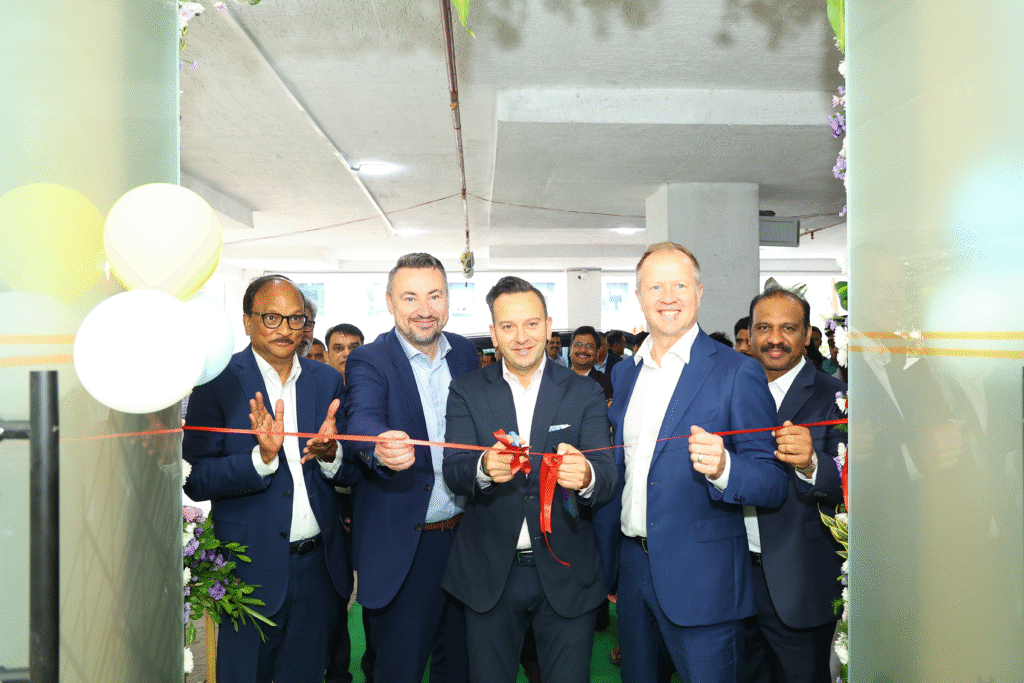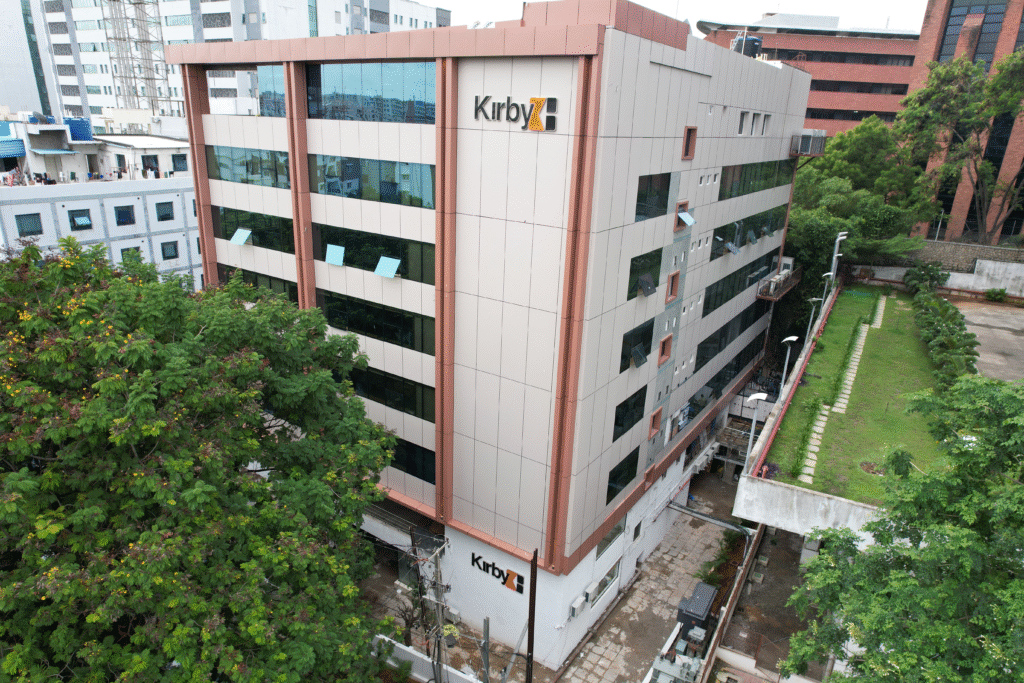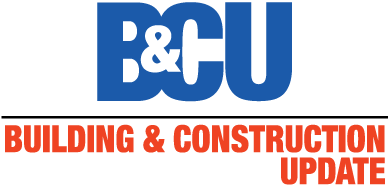Kirby India inaugurates new centre of engineering excellence in hyderabad

Kirby Building Systems & Structures India Pvt Ltd (Kirby), a flagship company of Alghanim Industries, Kuwait, proudly inaugurated its new Centre of Engineering Excellence in Hyderabad, Telangana, India. This state-of-the-art facility, with a seating capacity of over 550 professionals, will function as Corporate Office with sales & marketing and engineering functions.
The inauguration ceremony was graced by Mr. Mahmoud Samara, CEO – Alghanim Industries, along with Mr. Dirk Kahl, CFO, Mr. Jesper Berg, CHRO, and Mr. D. Raju, Head – Kirby International and Mr. P. V. Mohan, CEO – Kirby India. They were joined by other senior leadership members and engineering team from Kirby India.
As part of the visit, the Alghanim leadership team interacted with Kirby India’s senior functional heads, discussing the company’s growth strategy, leadership position in the Indian market, and ways to address emerging challenges in this highly competitive landscape. The visit also included a tour of Kirby’s Hyderabad and Halol manufacturing facilities, where they were briefed on Kaizen initiatives.
Spanning over 40,000 square feet of workspace, the new engineering centre is a modern, collaborative office that in line with our immediate growth plans & future expansions in India and other regions. More than 400+ structural designers and detailers will operate from this hub, using a wide array of cutting-edge design and drafting softwares, including MBS, STAAD.Pro, Bocad, ETABS, Tekla, AutoCAD, 3ds Max, Smartest, and more.

This Centre of Excellence not only reinforces Kirby’s pioneer & market leadership in India for over last 25 years but also builds upon its legacy of over nearly five decades of global expertise in the steel construction industry. It is a significant step in Kirby’s continued focus on innovation, engineering excellence, and delivering customer-centric, sustainable solutions using different design codes through this engineering centre.
Kirby remains committed to setting new benchmarks in the PEB industry to shape the next era of construction.
Kirby Building Systems & Structures India Pvt Ltd
Email : ndeepesh@kirby-india.com
Mob : +91 9866290675
Web : www.kirbyinternational.com








